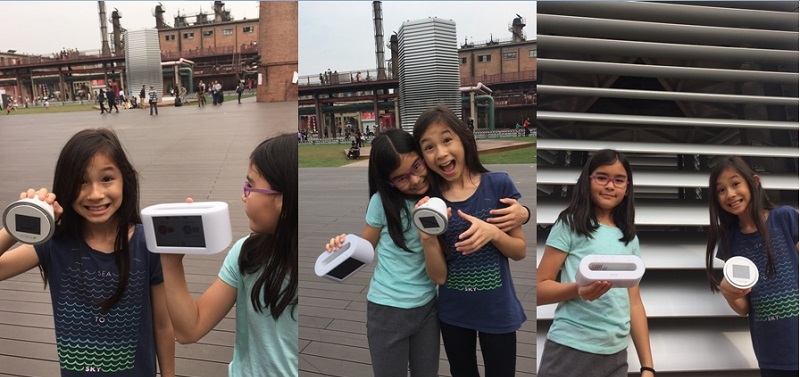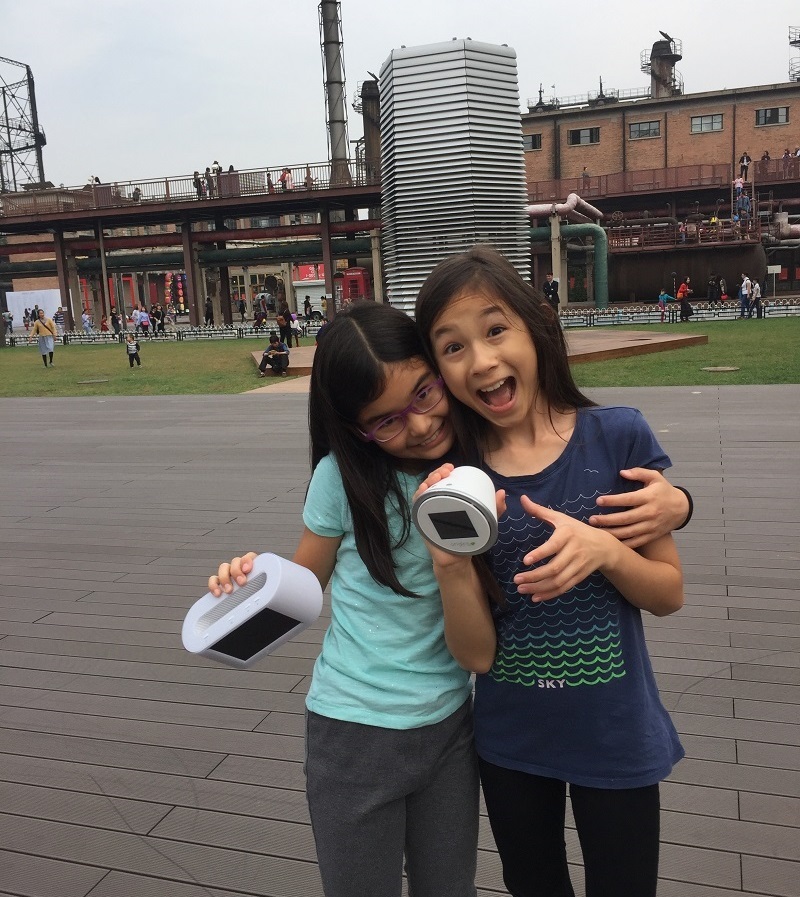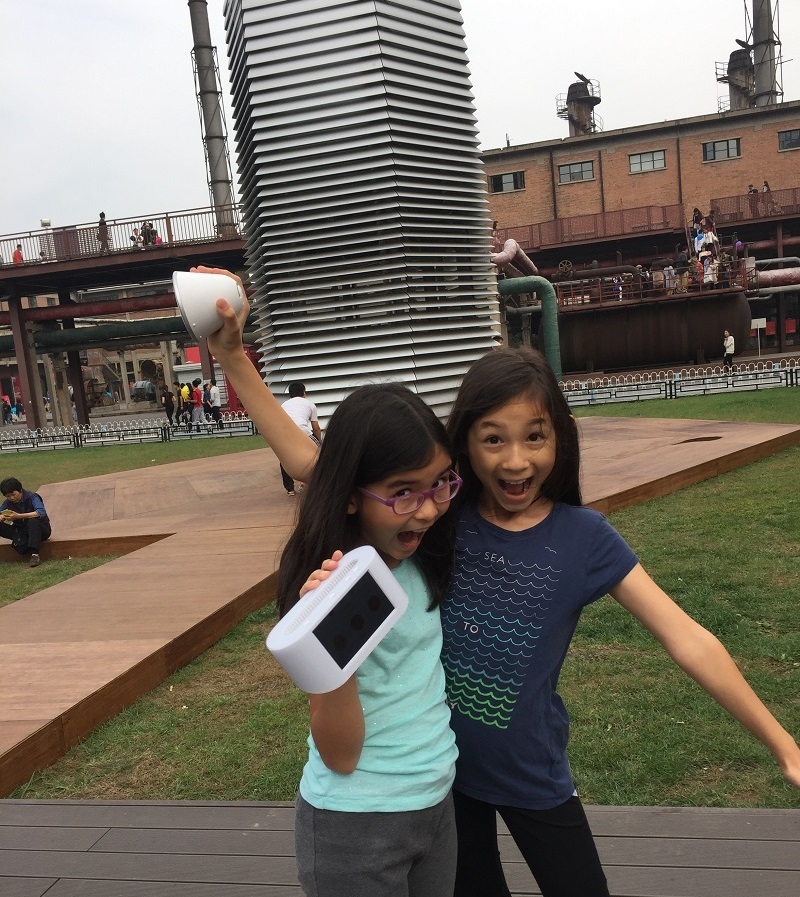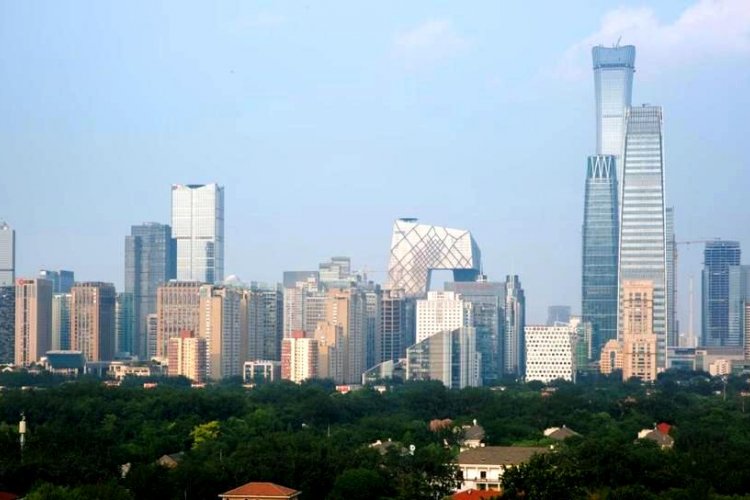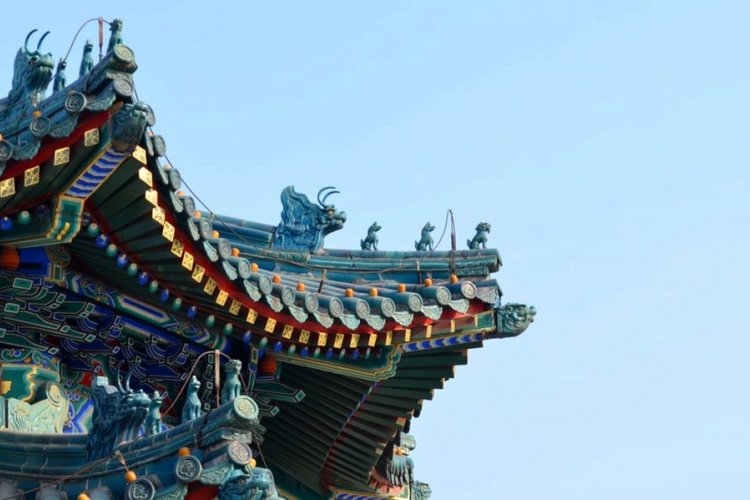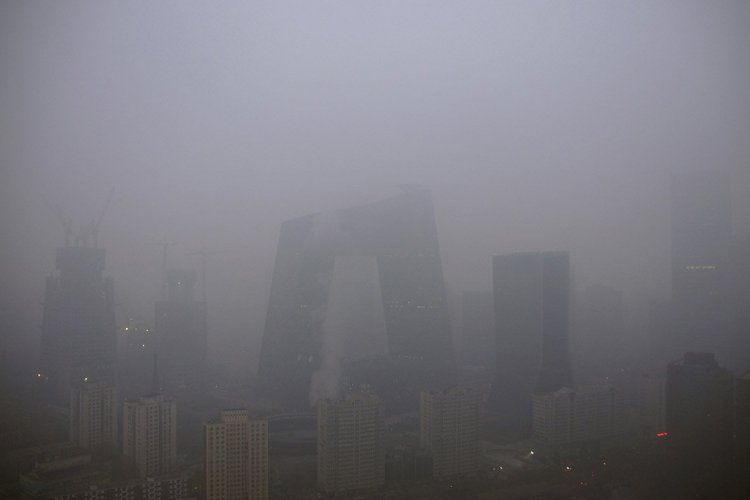Thank you for your interest in Smog Free Project! We appreciate your effort, but here we provide official scientific research done by Eindhoven University of Technology that proves the positive results of Smog Free Tower, 70% of the ingested PM10 and up to 50% of the ingested PM2.5, to be precise. Contact us anytime if you have questions!
We would love to see this in person in an outdoor environment outside a laboratory.
In the case of the installation at 798 described above, it simply was making no difference

